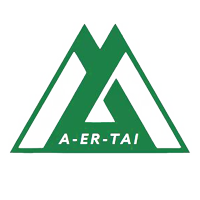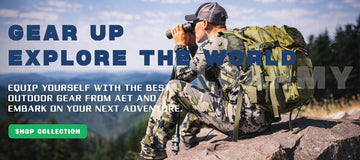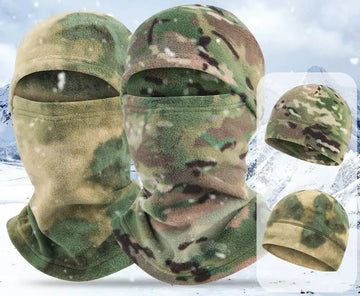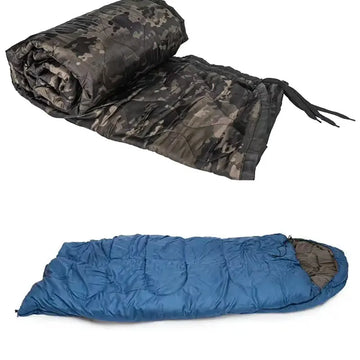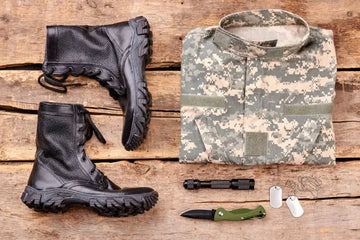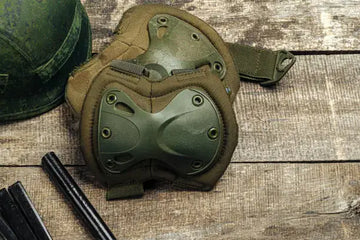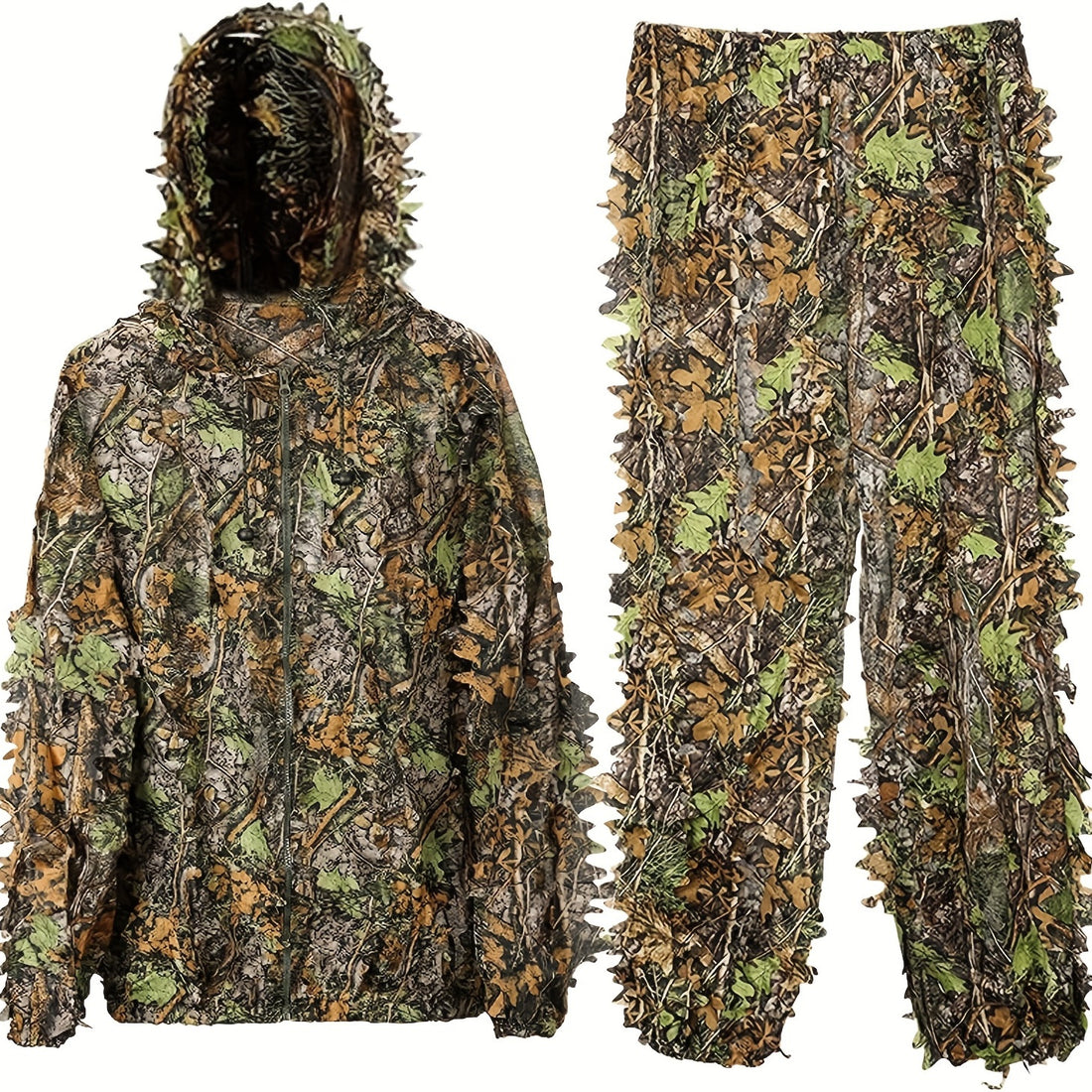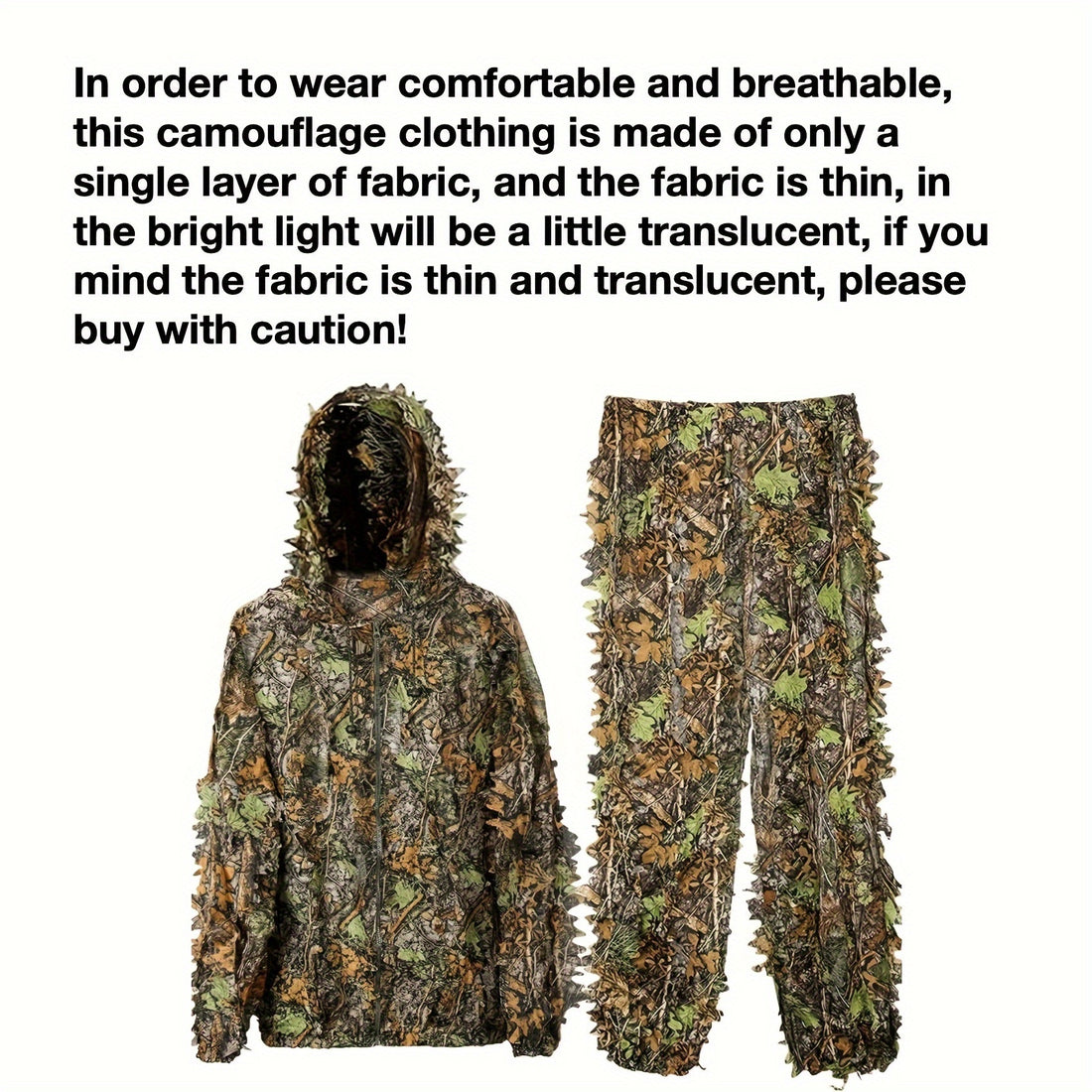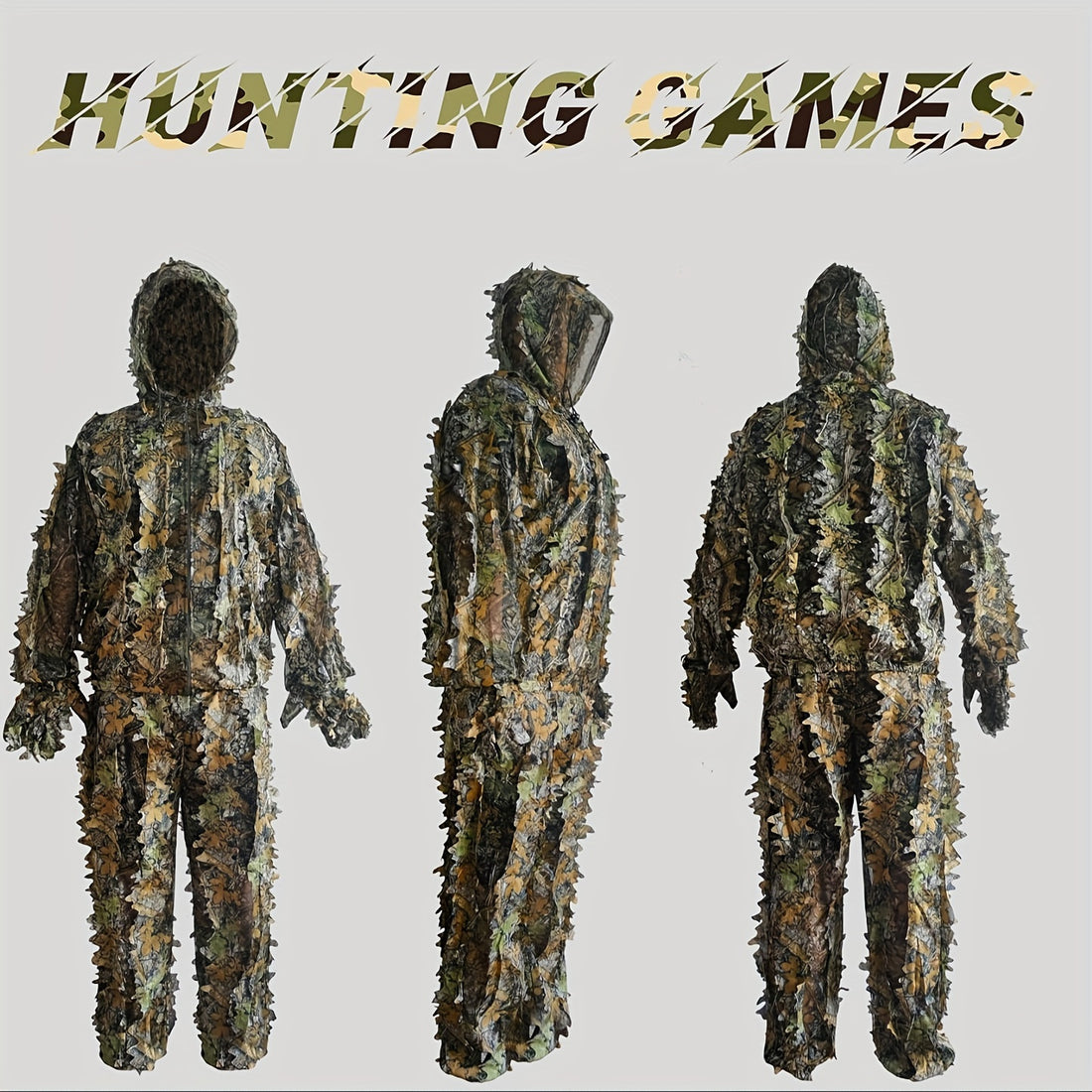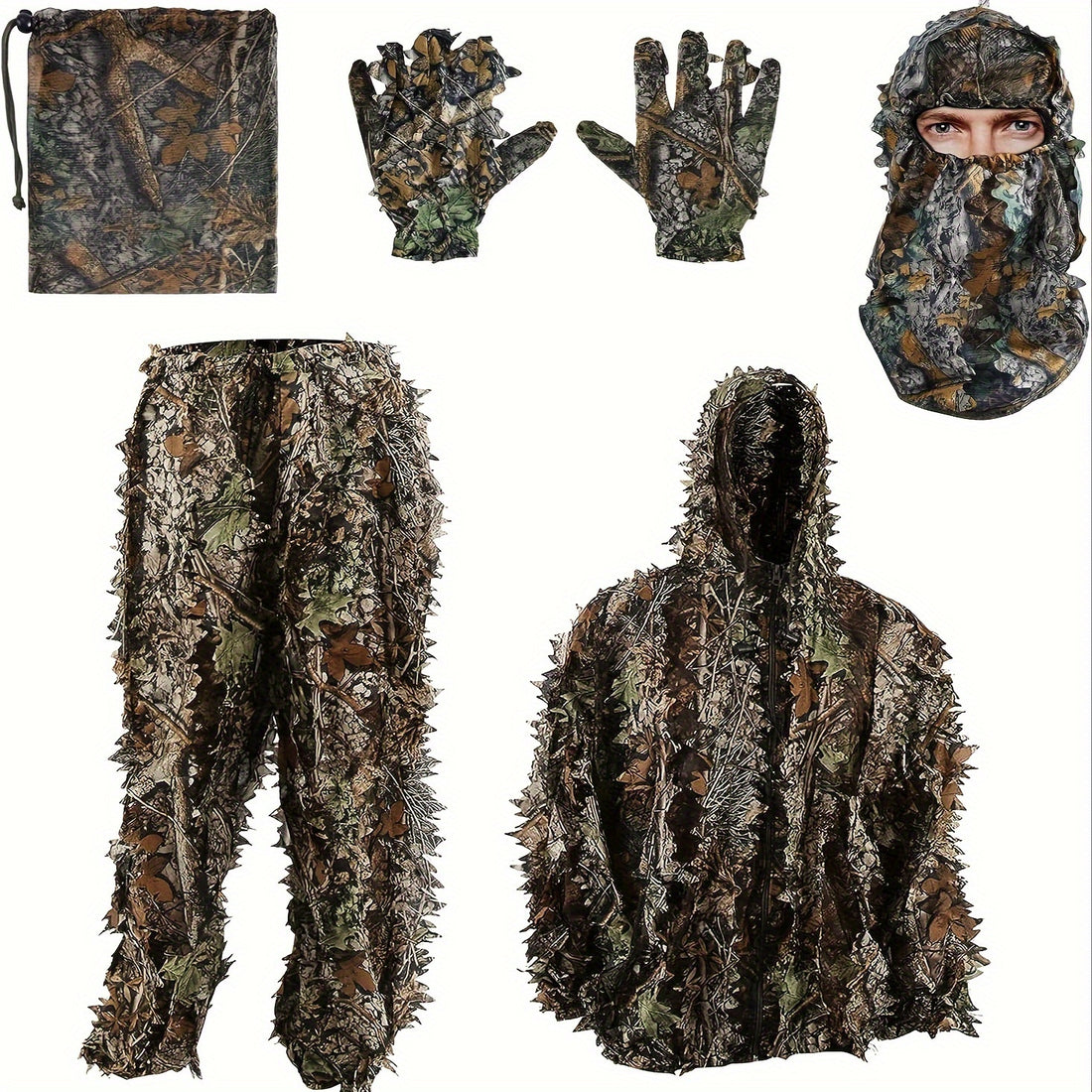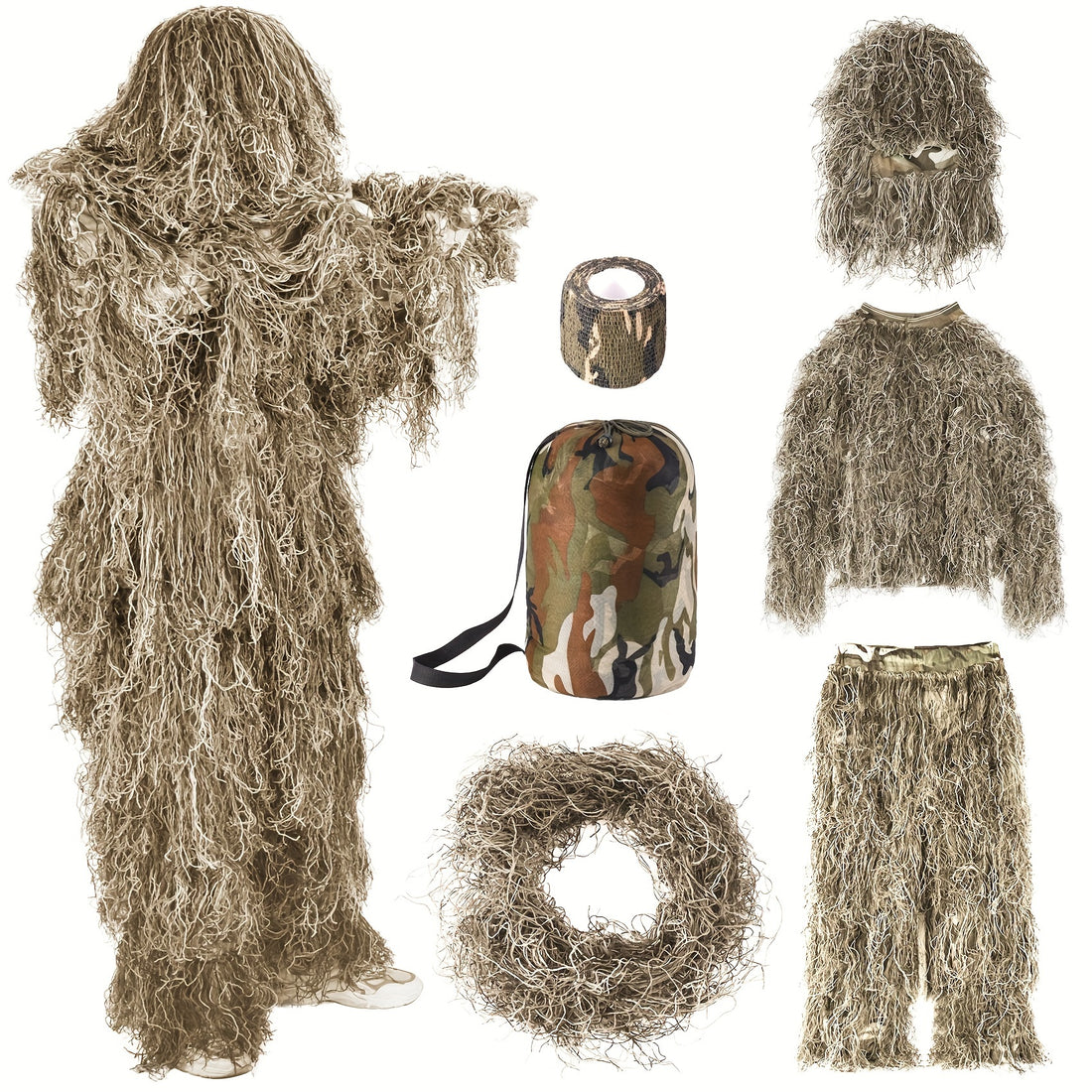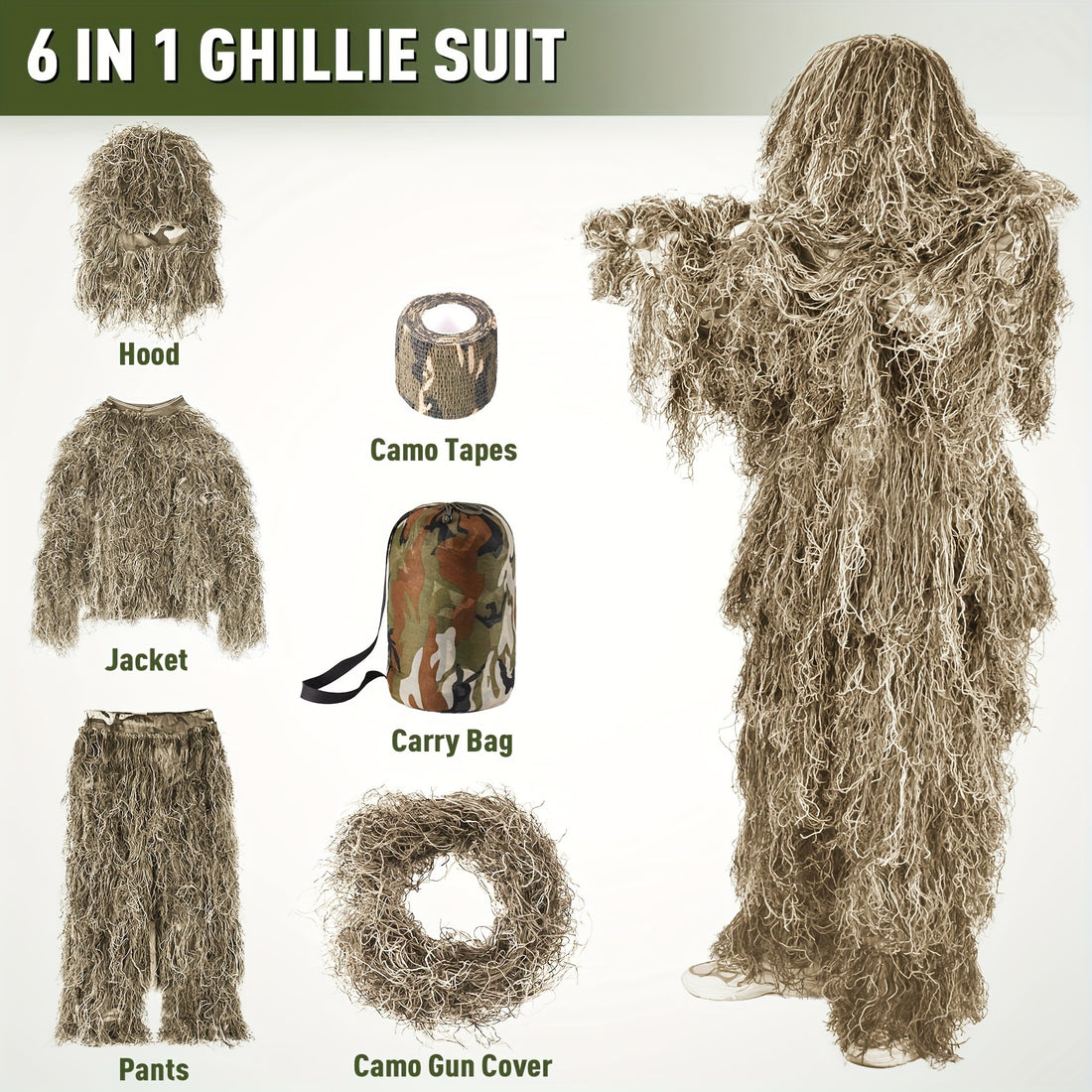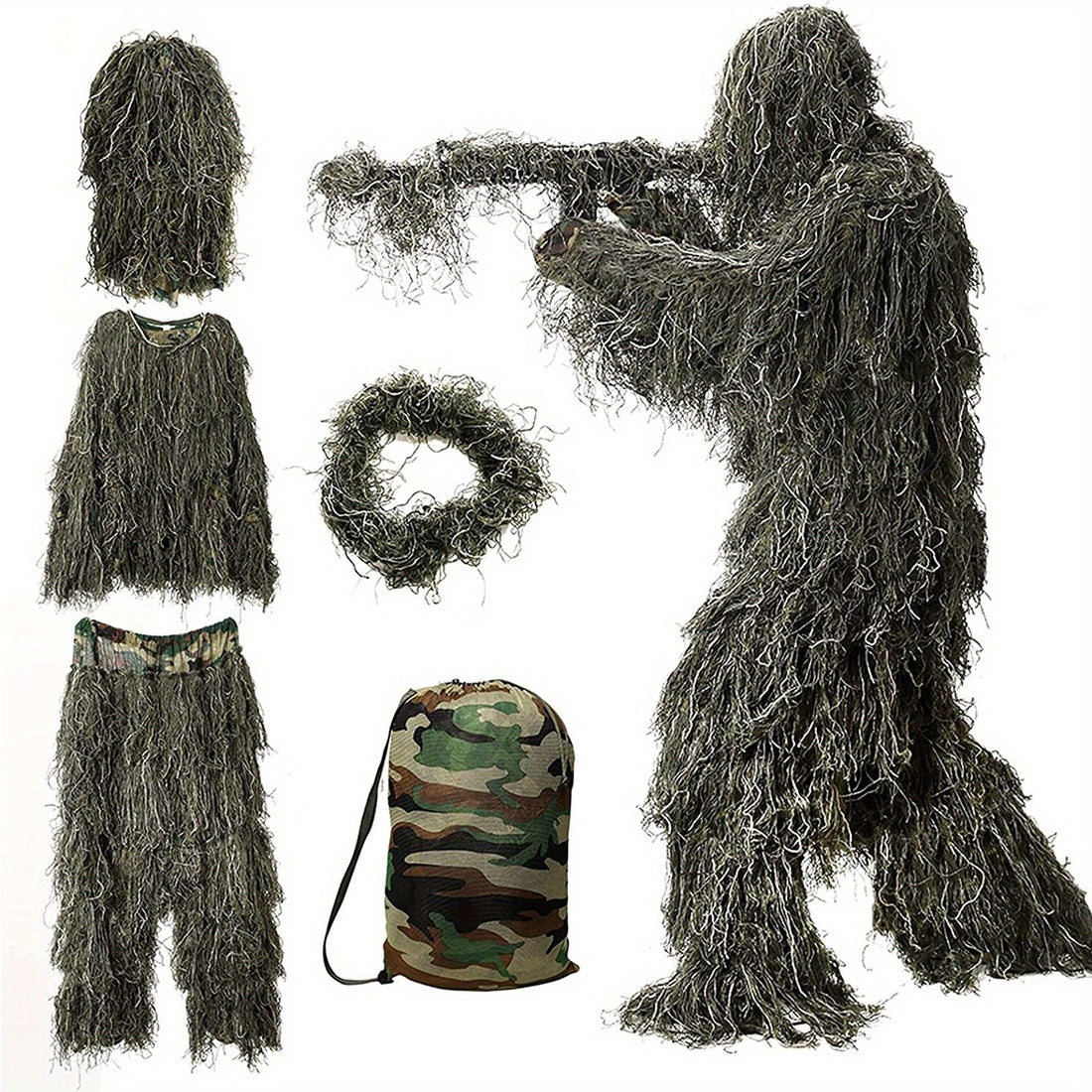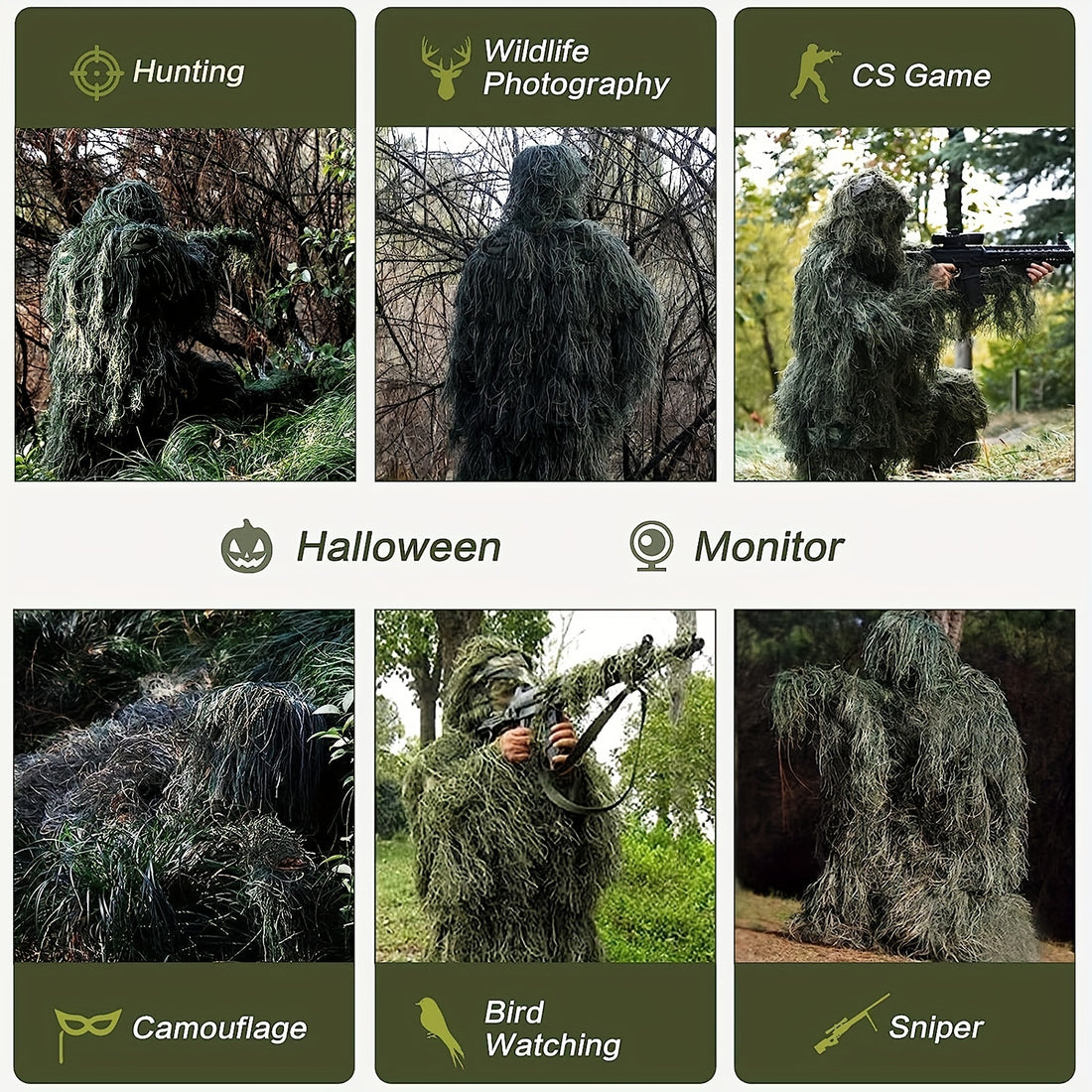1. What is a Balaclava?
A balaclava is a type of headwear that covers your head, neck, and sometimes your shoulders. It leaves specific areas like the eyes, mouth, or nose exposed, depending on the design. Its primary function is thermal insulation and protection from the elements.
Originally created for warmth in cold weather, balaclavas are now used for a variety of purposes, including tactical operations, outdoor sports, and motorcycling.

2. Why is it Called a Balaclava?
The name "balaclava" originates from the Battle of Balaclava, a significant event during the Crimean War in 1854. This battle took place near the small town of Balaclava in modern-day Ukraine.
During the harsh winter months, British soldiers faced freezing temperatures and lacked proper clothing to withstand the cold.
To combat the extreme weather, residents of Britain began knitting woolen headgear and sending it to the soldiers.
These head coverings were designed to keep the soldiers warm by covering their heads, necks, and sometimes faces, while still allowing them to see and breathe easily.
Over time, this practical piece of headwear became associated with the battle and was named after it. Learn more about the Battle of Balaclava.
3. How Is Balaclava Pronounced?
“Balaclava” is pronounced buh-luh-KLAH-vuh, with the stress on the third syllable. It’s named after a place, so the “c” sounds like a “k.” For an audio guide, listen at Merriam-Webster.
4. What Materials Are Balaclavas Made Of?
Balaclavas use different materials for different needs:
- Cotton: Affordable and comfortable for light use, but poor at moisture management and loses insulation when wet.
- Traditional wool: Provides excellent insulation and breathability. Great for cold climates, but it can feel itchy for some.
- Fleece: Soft, warm, and comfortable. Commonly used in winter balaclavas.
- Synthetic fabrics (e.g., polyester or nylon): Lightweight, durable, and moisture-wicking, ideal for sports and tactical use due to their stretch and quick-drying properties.
- Merino wool: A premium type of wool offering warmth, natural odor resistance, and comfort. It’s softer than traditional wool and great for active use.
- Neoprene: Waterproof and insulating, used in balaclavas for cold-weather water sports like diving or kayaking. It’s less breathable than other materials.
-
Windproof Membranes (e.g., Gore Windstopper): Layers added to fabrics to block wind while maintaining breathability. Often found in high-end balaclavas for extreme weather.
- Silk: Lightweight and breathable, used for mild weather or as a base layer under other balaclavas.
Choose material based on your primary need: maximum warmth (fleece, wool), active moisture management (synthetics, Merino), or weather protection (windproof/waterproof layers).

5. What Are the Different Styles of Balaclavas?
There are several styles, each designed for specific needs:
- Full Face: Covers the entire face, with openings only for the eyes or mouth.
- Open Face: Covers the head and neck but leaves the face exposed.
- Hooded Balaclava: Includes a hood-like design, offering extra coverage.
- Half Balaclava: Covers only the lower part of the face and neck, good for milder weather.
- Convertible Balaclava: Can be adjusted to serve as a scarf, cap, or full-face mask.
6. What Are Balaclavas Used For?
Balaclavas are versatile and serve many purposes:
- Cold Weather Protection: Essential for outdoor workers, mountaineers, skiers, and snowboarders.
- Tactical Use: Often used by military personnel, law enforcement, and private security teams to maintain anonymity and provide protection from elements.
- Motorcycling: Protects against wind chill and debris.
- Sports and Outdoor Activities: Used in hiking, cycling, or running to keep warm and shield against the wind.
- Industrial Use: Protects workers from extreme heat, sparks, or chemical splashes.
7. How do I choose the right size balaclava?
Most balaclavas are one-size-fits-most due to their stretchy materials. Check the manufacturer's size chart, focusing on head circumference.
Key considerations: It should feel snug but not painfully tight, stay securely in place during movement, and not restrict breathing or vision. Look for adjustable features if available.
8. Are balaclavas breathable? Won't my breath make them damp?
Breathability varies significantly by material. Moisture-wicking synthetics (polyester, nylon) and Merino wool excel at pulling sweat vapor away from the skin, reducing dampness and clamminess during activity.
Basic fleece or thick wool may trap more moisture. Look for ventilation panels near the mouth/nose if breathability is a top concern.
9. Are Balaclavas Legal to Wear?
Yes, wearing a balaclava is legal in most countries. It is considered a normal piece of clothing, especially for activities like skiing, motorcycling, or outdoor work. However, laws regarding face coverings vary by region and context. For example:
- Specific Settings: Some places restrict face coverings in secure areas like banks, government buildings, or public transport for identification purposes. For example, France has a 2010 law banning face coverings in public spaces, with exceptions for weather, health, or cultural reasons. Austria and some cities in other countries have similar rules.
- Protests: Many jurisdictions, like Canada or the UK, have laws against concealing identity during protests or criminal activities, but these typically apply only when there’s intent to commit a crime.
- Criminal Penalties: Wearing a balaclava while committing a crime can lead to harsher penalties in some regions, as it suggests intent to hide identity.
- Practical Use: Balaclavas worn for warmth, protection, or professional reasons (e.g., construction, military) are widely accepted. In some countries, like the UK, you may need to remove a balaclava for identification in places like airports.
Always check the rules in your area to avoid problems. Recent changes, such as temporary face-covering rules post-COVID-19, may also apply.
10. How to Wear a Balaclava?
Wearing a balaclava properly depends on its design and purpose. Here’s a general guide:
- Start from the Top: Put it on like a cap, ensuring the top of your head is fully covered.
- Adjust Openings: Align the eye, mouth, or nose openings as needed.
- Secure the Neck Area: Ensure the neck is covered and tucked into your clothing for full protection.
11. How do I wash and care for my balaclava?
Always follow the care instructions on the specific product's label. General guidelines: Machine wash cold on gentle cycle with similar colors. Use mild detergent. Avoid bleach and fabric softeners (they can degrade technical fabrics).
Air dry flat is preferred for most materials to maintain shape and elasticity; avoid high-heat dryers. Merino wool often requires a specific wool wash.
12. What is the Difference Between a Balaclava and a Ski Mask?
Balaclavas and ski masks are very similar and often used interchangeably, but there are some subtle differences depending on context and design. Here’s a breakdown:
-
Coverage: Balaclavas often cover the entire head, neck, and sometimes shoulders, providing comprehensive protection. Ski masks typically focus on the face and may have shorter neck coverage or pair with separate hats or hoods.
-
Design: Balaclavas can be more versatile—some are convertible, meaning you can fold them down into a hat or neck gaiter. Ski masks typically have a set design with defined eye and mouth holes, often looking like the "classic robber" mask seen in movies.
-
Usage: Balaclavas are used for many purposes, like military operations, outdoor work, or extreme cold. Ski masks are more commonly linked to winter sports like skiing or snowboarding, but can be used for other cold-weather activities.
- Perception: In places like the U.S., "ski mask" is a more common term and sometimes tied to criminal imagery in media. "Balaclava" has a more technical or military connotation. Both terms are neutral in most contexts.
So, while they’re alike, a balaclava offers more coverage and flexibility, while a ski mask is more face-focused and sport-oriented.

13. What Is the Difference Between a Balaclava and a Neck Gaiter?
A balaclava and a neck gaiter both keep you warm, but they’re designed differently:
-
Balaclava: It is great for full protection in cold or windy conditions.
- Neck Gaiter: A tube-shaped piece that covers just your neck and can be pulled up over your mouth or chin. It’s lighter and less bulky, good for milder weather or quick use.
Balaclavas offer more coverage, while neck gaiters are simpler and more flexible.
14. Can a Balaclava Be Used with Tactical Gear?
Yes, a balaclava works well with tactical gear. It is often made to fit under helmets, goggles, and other protective equipment without causing discomfort.
Here's how it helps:
- Under Helmets: A thin, moisture-wicking balaclava can be worn under a helmet to make it more comfortable. It prevents the helmet from rubbing against your skin and keeps sweat away.
- With Goggles: Balaclavas with openings for the eyes are designed to fit snugly with goggles. This ensures there are no gaps that could expose your skin to cold, wind, or dust.
- With Plate Carriers or Vests: A balaclava covers your neck and sometimes your shoulders. This can protect areas not covered by your plate carrier, offering extra warmth or camouflage.
- Camouflage: Many balaclavas are available in tactical colors or patterns like black, green, or camouflage. This helps you blend into your surroundings during operations.
- Weather Protection: In extreme cold or heat, a balaclava can shield your face and neck, making long missions more bearable.
15. Where Can I Buy a Balaclava Mask?
Balaclavas are available from a variety of retailers, both online and in-store:
-
Online Marketplaces (e.g., Amazon, eBay): Offer a wide range of brands, styles, and prices. User reviews can help guide your choice.
-
Specialized Outdoor Retailers (e.g., REI, Backcountry, Cotswold Outdoor): Stock high-performance balaclavas for sports, hiking, or expeditions.
-
Sporting Goods Stores (e.g., Dick’s Sporting Goods, Decathlon): Carry balaclavas for skiing, cycling, or running, though availability may be seasonal.
-
Motorcycle Gear Shops: Sell balaclavas designed for riders, often with windproof or breathable features.
-
Tactical/Military Surplus Stores: Provide durable, military-spec options for tactical or outdoor use.
-
Department Stores & Clothing Retailers (e.g., Walmart, Target): Offer basic, budget-friendly balaclavas during winter months.
-
Direct-to-Consumer Brands (e.g., Buff, Under Armour): Sell specialized balaclavas online, sometimes with customization options.
- Second-Hand Platforms (e.g., Poshmark, thrift stores): Provide affordable, pre-owned options for budget-conscious buyers.
Prices vary based on material, brand, and purpose, from budget cotton styles to premium Merino wool or tactical designs. Some retailers offer customization for teams or tactical units.
16. Can Balaclavas Be Customized or Personalized?
Yes. Customization is common for team uniforms, corporate branding, or specialized tactical units. When choosing a custom balaclava, ensure the customization method (e.g., embroidery, printing) doesn't compromise the material's performance or breathability.
Looking for high-quality custom tactical gear to pair with your balaclava? Explore durable and versatile equipment at AET GEAR.
